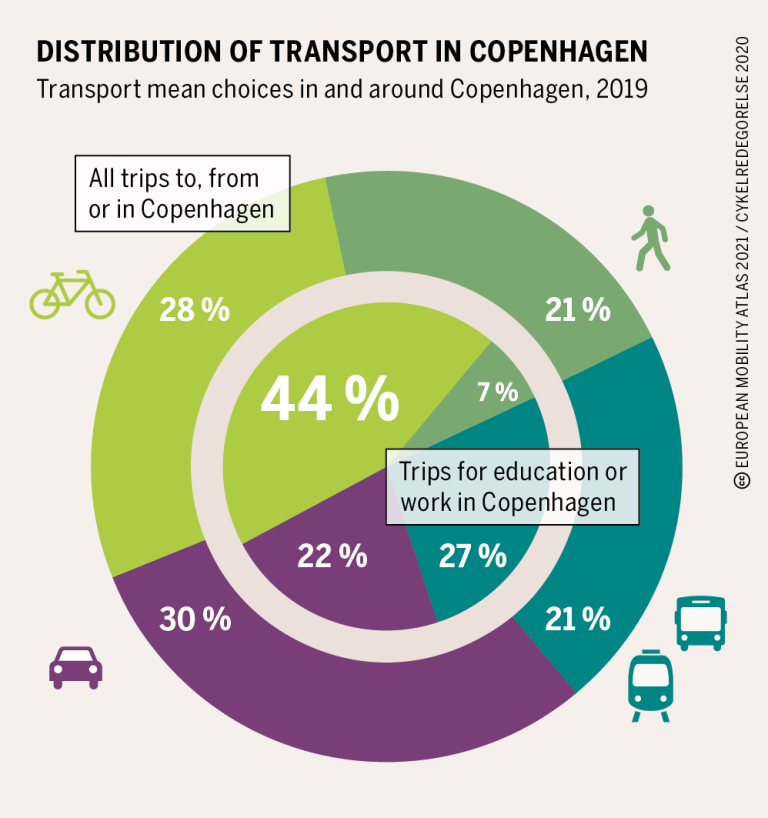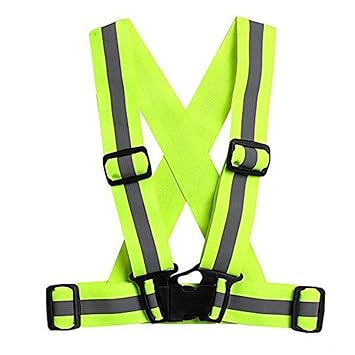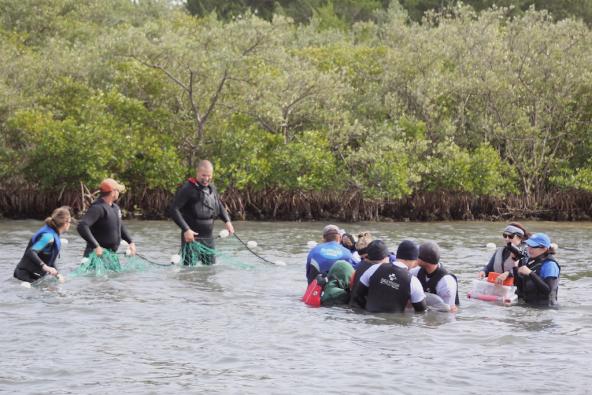Avoiding Traffic-Heavy Areas for Cyclists: Enhancing Your Ride with Smart Strategies
For cyclists, navigating urban landscapes efficiently while maintaining safety is paramount. Avoiding traffic-heavy
areas is essential not only for improving travel efficiency but also for enhancing overall cycling performance and
enjoyment. Incorporating traffic avoidance and route optimization can significantly improve a cyclist’s ride by
minimizing disruptions caused by traffic congestion, maintaining a steady cycling cadence, and ensuring a smoother,
uninterrupted journey.
Understanding Traffic Avoidance for Cyclists
Cyclists often face unique challenges when navigating through busy urban environments. Traffic congestion poses
risks and hinders cycling performance, especially for those keen on tracking their cycling performance metrics or
engaging in seamless training sessions. In this section, we’ll explore the importance of traffic avoidance for
cyclists and touch on aspects like bike maintenance tips to ensure road readiness.
Why Traffic Congestion is a Problem for Cyclists
Traffic congestion not only slows down cyclists but also increases the risk of accidents. Busy roads can lead to
unpredictable traffic patterns, making it challenging for cyclists even with the best safety measures. Utilizing
urban mobility solutions and real-time traffic updates can equip cyclists with the necessary tools to navigate
alternate routes effectively.
advanced cycling techniques for Traffic Avoidance
Enhancing cycling experience isn’t only about physical performance but also the strategies employed while on the
road. Cyclists can utilize various advanced techniques to avoid traffic-heavy areas and optimize their routes.
These techniques can significantly boost cycling efficiency and ensure a more enjoyable ride.
power-based training and Route Optimization
Power-based training allows cyclists to understand their performance limits and plan routes accordingly. By
identifying flat surface routes when focused on speed or opting for hilly roads during strength training, cyclists
can use traffic patterns to their advantage while maintaining desired cadence levels for training.
Mental Resilience: Overcoming Traffic-Induced Stress
Cyclists often face stress when confronted with traffic-heavy areas. Building mental resilience through specific
cycling techniques or pre-ride planning (detour planning and smart routing) can ensure that unpredictable road
conditions do not affect their cycling efficiency or enjoyment.
Safe Cycling Practices: A Key to Traffic Avoidance
Ensuring safety while cycling through urban areas is crucial. Adopting specific safe cycling practices helps
cyclists navigate through alternate routes and avoid congested spots, merging safety with efficiency.
Cycling Safety Tips for Urban Routes
Understanding road signs, staying visible, and knowing when to stop or give way are fundamental when cycling
through busy areas. Equipped with knowledge from navigation apps that provide real-time traffic updates, cyclists
can become more aware of evolving traffic conditions, leading to safer travel decisions.
Choosing the Right Cycling Gear for Urban Mobility
Using appropriate cycling gear tailored for urban environments is essential. Reflective clothing, compact cycling
kits, and reliable bike lights can greatly enhance visibility and safety. Moreover, GPS navigation devices
specific to road cycling can aid in effective journey planning, allowing cyclists to preemptively adjust to
potential traffic changes.
Enhancing Performance with Data and Metrics
Leveraging data-driven insights is a powerful way for cyclists to improve their performance. By integrating
metrics like cycling cadence, VO2 max improvements, and power meter readings, cyclists can navigate traffic-free
zones effectively while optimizing their performance.
Using Metrics for Traffic-Free Journey Planning
Data from cycle computers or smart fitness devices can reflect speed zones, cadence averages, and even heart rate
zones. This information can be correlated with traffic prediction models and route optimization tools to enable
cyclists to prioritize less congested routes, thereby improving travel efficiency.
The Impact of Power Meters on Performance Tracking
Power meters provide invaluable data that helps cyclists adjust their exertion levels during rides. When combined
with traffic management systems, cyclists can better plan their routes, choosing those that align with their
training goals while bypassing busy intersections or congested roads.
Anecdotes and Real-Life Applications
Many cyclists have successfully integrated traffic avoidance techniques to enhance their daily rides. Avid cyclist
Laura shares her experience: “Using navigation apps with advanced real-time traffic updates, I’ve been able to
reroute my morning commute, cutting down my travel time significantly while maintaining a consistent performance
metric on my cycle computer.” Such real-life applications highlight the practical benefits of smart routing for
enthusiastic cyclists.
Visual Content Suggestions
To further enhance understanding and engagement, visuals are recommended:
For cyclists aiming to improve their cadence and performance metrics, an infographic on
could offer visual insight into maintaining optimal cadence levels even when avoiding traffic-heavy areas.
Additionally, diagrams illustrating

can provide clarity on navigating through urban
landscapes using heart rate zones for performance enhancement.
Charts demonstrating

could effectively show training progress correlated with traffic-free
cycling routes.
Conclusion
Utilizing strategies for avoiding traffic-heavy areas can dramatically enhance a cyclist’s experience on the road.
By adopting methods like smart routing, real-time traffic monitoring, and proper journey planning, cyclists can
focus on improving their cycling performance and safety. These strategies not only help in achieving cycling
efficiency and effectiveness but also make rides more enjoyable. Embrace these techniques on your next ride and
share your experiences in the comments below.
FAQs
What are some reliable navigation apps for cyclists?
Popular navigation apps that offer real-time traffic updates include Google Maps, Komoot, and Strava. These
platforms provide traffic data that helps cyclists choose the optimal routes for their rides.
How can cyclists safely navigate through urban areas?
Ensuring visibility through reflective clothing and proper bike lighting, understanding road signs, and utilizing
navigation apps for real-time updates are key practices for safe cycling in urban areas.
What role do metrics play in enhancing cycling performance?
Metrics like power output, cadence, and heart rate provide insights into a cyclist’s performance levels, enabling
them to adjust their routes and efforts for optimal outcomes.
How can cyclists address mental fatigue resulting from traffic congestion?
Mental resilience, developed through pre-ride planning and interval training, helps cyclists manage stress and
maintain focus during rides, even when encountering heavy traffic.
What benefits do power meters offer to cyclists?
Power meters provide precise data on a cyclist’s exertion levels, assisting them in maintaining consistent effort
across different rides, thus enhancing performance tracking and training efficiency.






